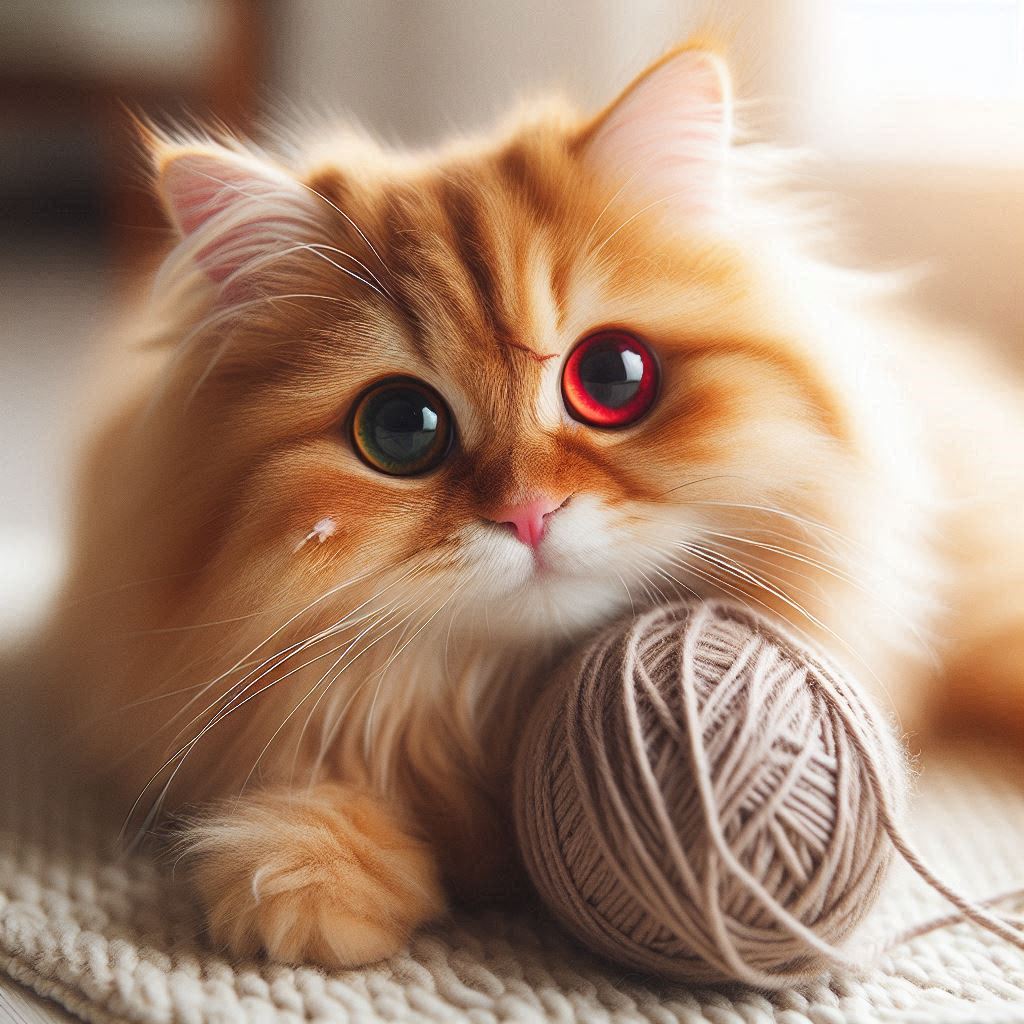Feline conjunctivitis, often colloquially referred to as “pink eye” in cats, is a common eye condition that affects feline companions. The conjunctiva, a thin, transparent membrane that lines the inner surface of the eyelids and covers the white part of the eye (sclera), becomes inflamed in this condition. This inflammation can be caused by various factors, including infections, allergies, physical trauma, or autoimmune responses.
Will Conjunctivitis In Cats Go Away On Its Own? Understanding the anatomy of a cat’s eye is essential to grasp how conjunctivitis impacts their vision. Cats, like humans, rely heavily on their sense of vision. A cat’s eye is composed of several intricate structures, including the cornea, iris, lens, and retina. The conjunctiva, which becomes inflamed in conjunctivitis, plays a critical role in protecting the eye from foreign particles and infections.
Exploring the causes of conjunctivitis in cats, we find a range of culprits. Infectious conjunctivitis is often the result of bacterial or viral infections, such as feline herpesvirus or Chlamydia. Allergic conjunctivitis occurs when a cat’s immune system reacts to allergens like pollen or dust. Traumatic conjunctivitis may arise from physical injuries, scratches, or foreign objects irritating the eye. Autoimmune conjunctivitis involves the cat’s immune system mistakenly attacking its eye tissues.
Post Contents
Symptoms of Feline Conjunctivitis
Identifying feline conjunctivitis primarily involves recognizing the symptoms. Cats suffering from conjunctivitis often exhibit:
- Redness and Swelling: The conjunctiva becomes red and swollen, causing noticeable discomfort.
- Watery or Discharge from the Eye: A clear or colored discharge may flow from the affected eye.
- Squinting or Blinking Excessively: Cats may squint or blink frequently due to eye irritation.
- Sensitivity to Light: Increased sensitivity to light, known as photophobia, can be observed.
- Changes in Eye Color: In severe cases, the eye’s color might change due to inflammation.
Common Signs of Cat Conjunctivitis:
Recognizing the signs of conjunctivitis in cats is crucial. Common symptoms include:
- Redness and Swelling: The conjunctiva becomes red and swollen, often causing noticeable discomfort.
- Watery or Discharge from the Eye: Cats may have clear or colored discharge flowing from the affected eye.
- Squinting or Blinking Excessively: Due to eye irritation, cats might squint or blink frequently.
- Sensitivity to Light: Cats may become more sensitive to light, a condition known as photophobia.
- Changes in Eye Color: In severe cases, inflammation can alter the eye’s color.
4 Types of Cat Conjunctivitis:
Understanding the different types of cat conjunctivitis helps pinpoint the underlying cause:
- Infectious Conjunctivitis: Often caused by bacterial or viral infections, such as feline herpesvirus or Chlamydia.
- Allergic Conjunctivitis: Linked to environmental allergens, this type may be seasonal and often improves if the allergen is removed.
- Traumatic Conjunctivitis: Results from physical injuries, scratches, or foreign objects irritating the eye.
- Autoimmune Conjunctivitis: Occurs when a cat’s immune system mistakenly targets its eye tissues.
How Long Does It Take for Cat Conjunctivitis to Go Away?
The duration of cat conjunctivitis varies based on its type and severity. While some mild cases might resolve on their own, others may require medical intervention. For example:
- Infectious conjunctivitis often clears with proper treatment, but viral infections may require ongoing management.
- Allergic conjunctivitis might improve if the allergen is removed, while severe cases may require medical intervention.
- Traumatic conjunctivitis may heal on its own if irritation is minimal, but serious injuries need immediate veterinary care.
- Autoimmune conjunctivitis typically necessitates long-term management to control immune system activity.
Treatment Options for Cat Conjunctivitis:
Treatment options for cat conjunctivitis vary based on the type and severity of the condition:
- Infectious conjunctivitis may require antibiotics or antiviral medications.
- Allergic conjunctivitis may respond to antihistamines or allergy shots.
- Traumatic conjunctivitis involves the removal of irritants and may require pain management.
- Autoimmune conjunctivitis is managed with immuno-suppressive drugs.
Preventing Cat Conjunctivitis:
Preventing conjunctivitis in cats involves several measures:
- Routine vaccinations can protect against specific infections.
- Reducing environmental allergens, such as pollen or dust, may prevent allergic conjunctivitis.
- Maintaining good hygiene practices, including regular eye cleaning, can minimize the risk of infections.
- Scheduling regular veterinary check-ups allows for early detection and intervention.

When to Consult a Veterinarian:
Recognizing when your cat’s conjunctivitis requires professional evaluation is vital. Severe symptoms like significant discharge, changes in eye color, or persistent discomfort warrant immediate veterinary attention. Timely treatment can prevent complications and ensure a better prognosis.
Conclusion:
In conclusion, understanding conjunctivitis in cats empowers cat owners to provide appropriate care for their beloved pets. While some cases may resolve on their own, many require medical intervention. Recognizing symptoms, seeking timely veterinary care, and implementing preventive measures are essential steps in maintaining a cat’s ocular health.

94% of pet owners say their animal pal makes them smile more than once a day. In 2007, I realized that I was made for saving Animals. My father is a Vet, and I think every pet deserves one. I started this blog, “InPetCare”, in 2019 with my father to enlighten a wider audience.
